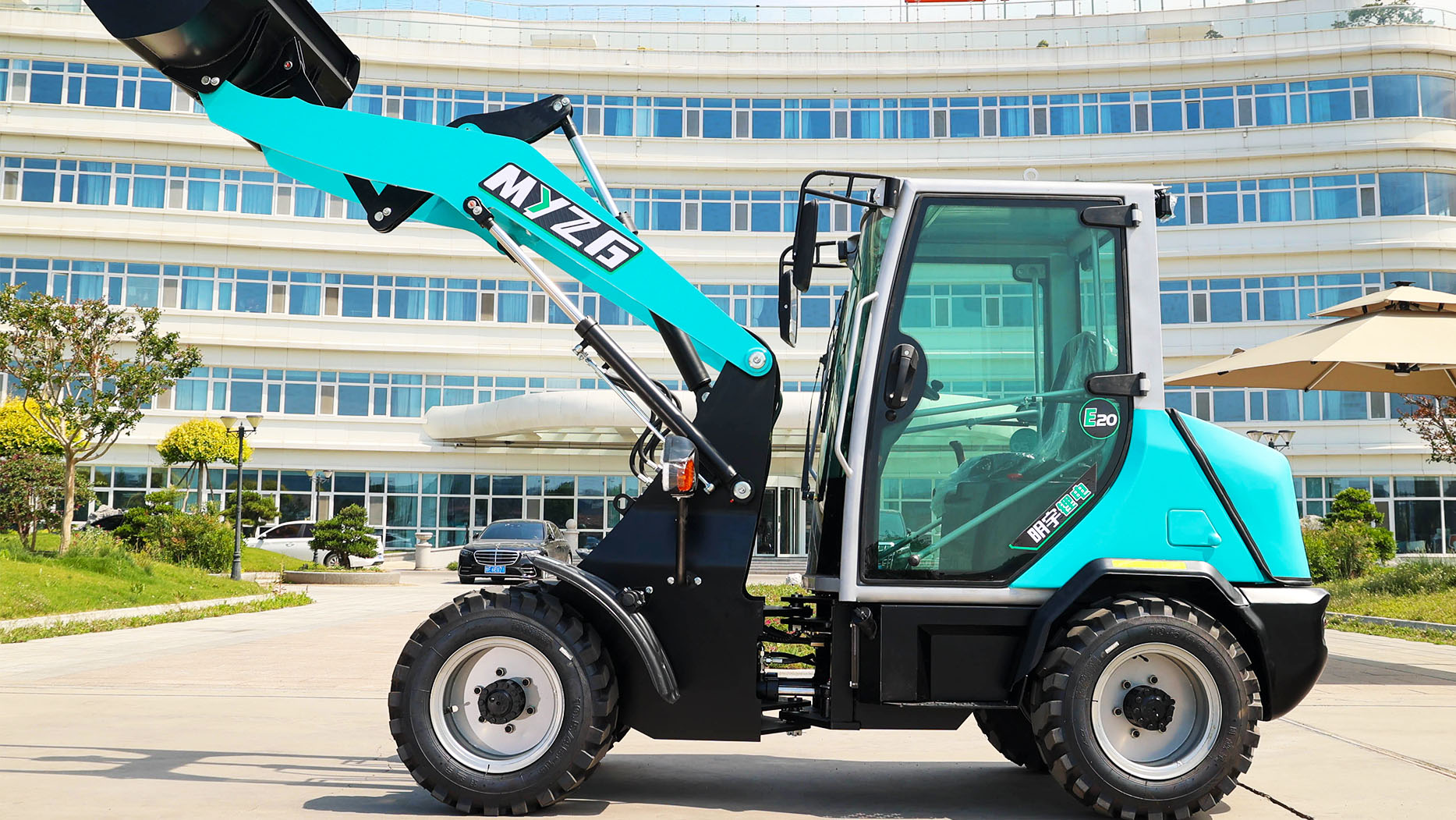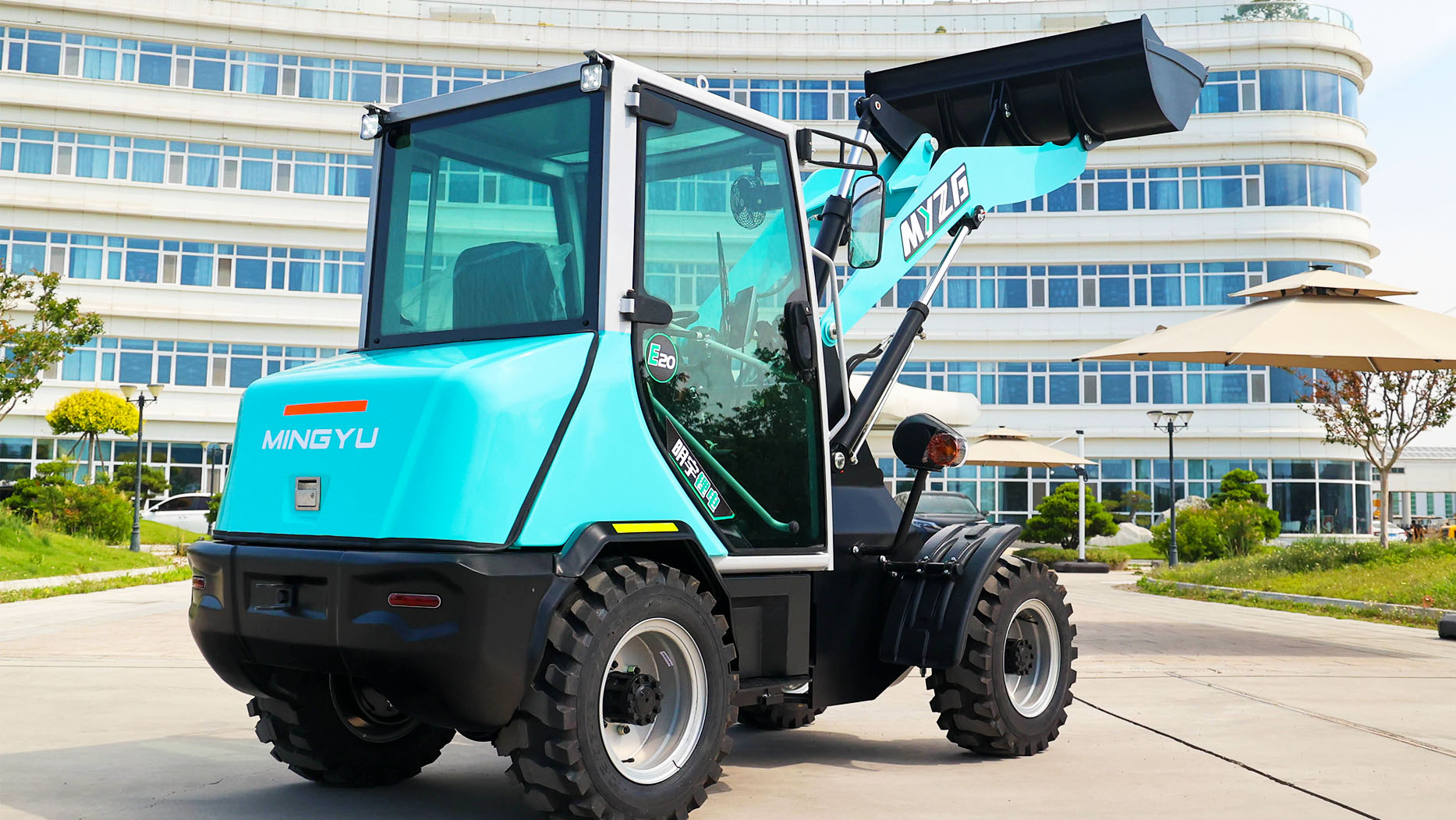I. Introduction
Wheel loaders are the workhorses of numerous industries, from bustling construction sites to expansive mining operations and agricultural fields. Their versatility in moving materials, loading trucks, and handling various tasks makes them indispensable. Traditionally, these machines have relied on diesel engines, but a significant shift is underway with the emergence of electric alternatives. This article aims to provide a comprehensive comparison of electric and diesel wheel loaders, focusing on their cost-effectiveness and overall suitability for different applications. By analyzing factors such as initial investment, operational expenses, maintenance requirements, environmental impact, and performance, we will determine which option offers a better long-term investment.
II. Understanding Diesel Wheel Loaders
Diesel wheel loaders have been the industry standard for decades, powered by robust internal combustion engines. These engines offer significant power and torque, essential for heavy-duty tasks. The established infrastructure for diesel fuel and maintenance, coupled with a wide variety of available models, contributes to their popularity. However, diesel loaders come with notable drawbacks. High fuel costs, particularly with fluctuating oil prices, significantly impact operational expenses. Moreover, the emissions generated by diesel engines contribute to air pollution and environmental concerns, prompting increasing regulatory scrutiny. The noise and vibration produced by these machines can also create challenging working conditions. Finally, the complex nature of diesel engine systems often leads to higher maintenance requirements and potential downtime.
III. Understanding Electric Wheel Loaders
Electric wheel loaders represent a paradigm shift, utilizing electric motors and battery technology. These machines offer several compelling advantages. Primarily, they produce zero or significantly reduced emissions at the point of operation, contributing to a cleaner environment. They also operate with lower noise and vibration, improving operator comfort and reducing noise pollution. The simpler design of electric systems leads to reduced maintenance needs, potentially lowering long-term costs. However, electric wheel loaders face challenges. Their higher initial purchase price, primarily due to battery costs, can be a significant barrier. Limited battery range and the need for charging infrastructure can also pose logistical challenges. Battery lifespan and replacement costs are additional factors to consider. While electric motors offer instant torque, their overall performance in extremely demanding applications may still be a point of evaluation.
IV. Initial Purchase Cost Comparison
The upfront cost of an electric wheel loader is generally higher than its diesel counterpart. This price difference is primarily attributed to the battery technology and electric motor components. For example, a mid-sized electric wheel loader may cost 20-50% more than a comparable diesel model. The specific battery capacity, electric motor specifications, and charging infrastructure requirements all influence the final price. Additionally, government incentives and subsidies can significantly impact the overall cost, varying by region and jurisdiction. While the initial investment in an electric loader is higher, it's crucial to consider the long-term implications, including reduced operating costs and potential resale value. The electric wheel loader market is still relatively young, and technological advancements are expected to drive down prices and improve performance.
V. Operational Cost Analysis
Operational costs are a critical factor in determining the overall economic viability of a wheel loader. Fuel or electricity expenses form a significant portion of these costs. Diesel fuel prices are subject to volatility, while electricity costs are generally more stable, although regional variations exist. Electric loaders offer significantly lower energy consumption per hour of operation. Maintenance costs are also lower for electric machines due to the reduced complexity of their systems and fewer moving parts. However, battery lifecycle and eventual replacement costs must be factored in. Downtime costs are another crucial consideration. While electric loaders may require charging time, their reliability and reduced maintenance needs can minimize downtime. To calculate the total cost of ownership (TCO), consider a hypothetical scenario: a wheel loader operating 1,500 hours per year for five years. By factoring in initial cost, fuel/electricity expenses, maintenance, and potential resale value, a comprehensive TCO analysis can reveal the long-term cost benefits of electric loaders.
VI. Performance and Application Suitability
Electric motors offer instant torque delivery, providing excellent responsiveness and acceleration, which can be advantageous in many applications. However, diesel engines typically provide higher peak power, which may be crucial for extremely heavy-duty tasks. Battery range and charging times are critical factors to consider. Limited battery range can impact productivity, requiring operators to plan charging breaks carefully. Charging infrastructure availability is also essential, particularly in remote locations. Application-specific considerations are paramount. In construction, electric loaders can excel in urban environments with noise restrictions and indoor applications. In mining, the challenges of operating in remote locations and extreme conditions necessitate careful planning and infrastructure development. In agriculture, electric loaders can be suitable for tasks requiring extended operation and varying loads, but battery range and charging remain important considerations. Warehouse and indoor applications benefit greatly from electric's zero emissions.
VII. Environmental Impact
Diesel wheel loaders generate significant greenhouse gas emissions, contributing to air pollution and climate change. Electric loaders, on the other hand, produce zero or significantly reduced emissions at the point of operation. While the electricity used to charge electric loaders may come from fossil fuel sources, the overall environmental impact is generally lower. Noise pollution is another critical factor. Diesel loaders produce significant noise, which can be detrimental to workers and surrounding communities. Electric loaders operate much more quietly, contributing to a better working environment. Sustainability and corporate social responsibility are increasingly important considerations for businesses. Choosing electric equipment demonstrates a commitment to reducing environmental impact and promoting sustainable practices.
VIII. Future Trends and Developments
The future of electric wheel loaders is promising. Advancements in battery technology are driving increased range, faster charging times, and reduced costs. The development of robust charging infrastructure is crucial for widespread adoption. Government regulations and incentives promoting electric equipment are also accelerating the transition. As production scales up, prices are expected to decrease, making electric loaders more competitive. The availability of diverse models and sizes is also expanding, catering to a wider range of applications.
IX. Conclusion
The decision between electric and diesel wheel loaders depends on a careful assessment of cost, performance, and environmental impact. Electric loaders offer significant advantages in terms of reduced emissions, lower noise, and potentially lower operating costs. However, the higher initial investment and battery range limitations must be considered. Diesel loaders remain a reliable option for heavy-duty applications, but their environmental impact and operational costs are significant drawbacks. Ultimately, the "better" option depends on the specific operational needs, environmental priorities, and long-term cost analysis of the user. As technology advances and infrastructure improves, electric wheel loaders are poised to play an increasingly significant role in the future of the industry.
Post time:Mar.24.2025



